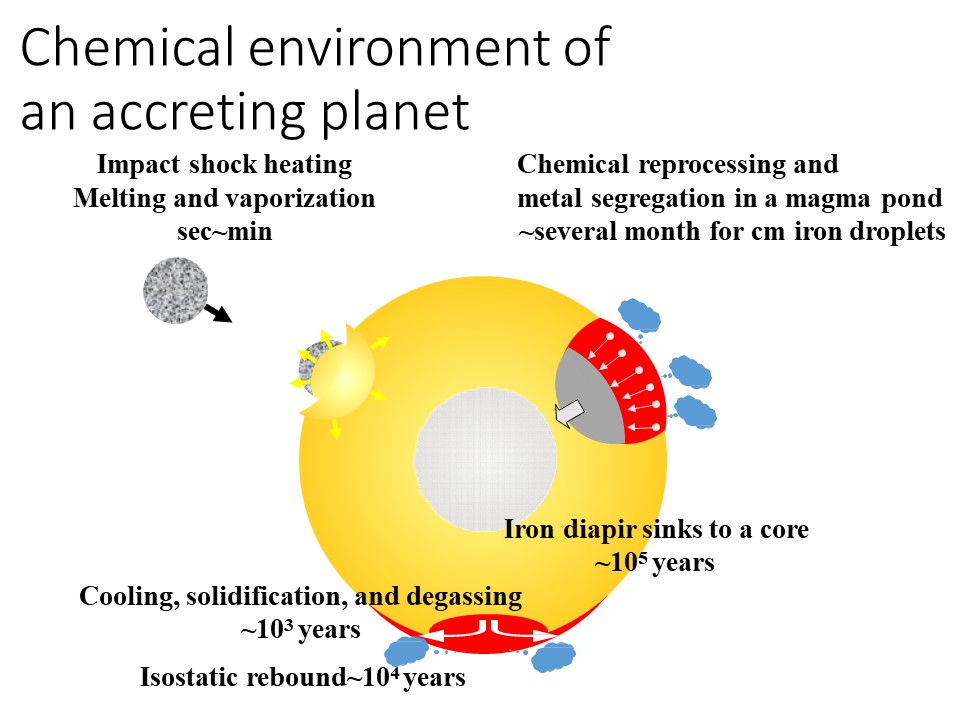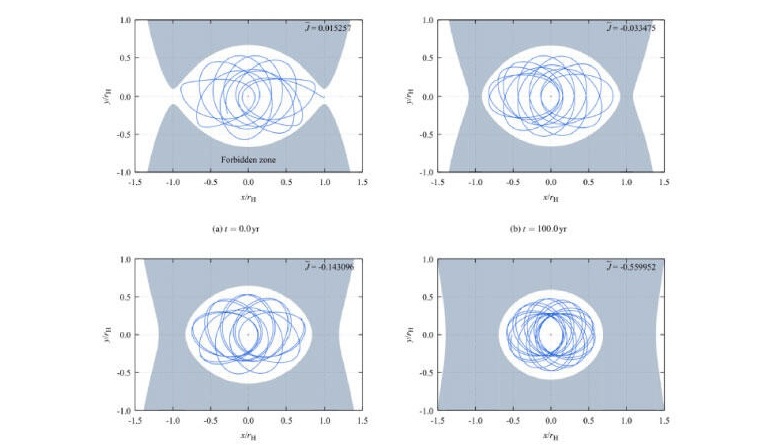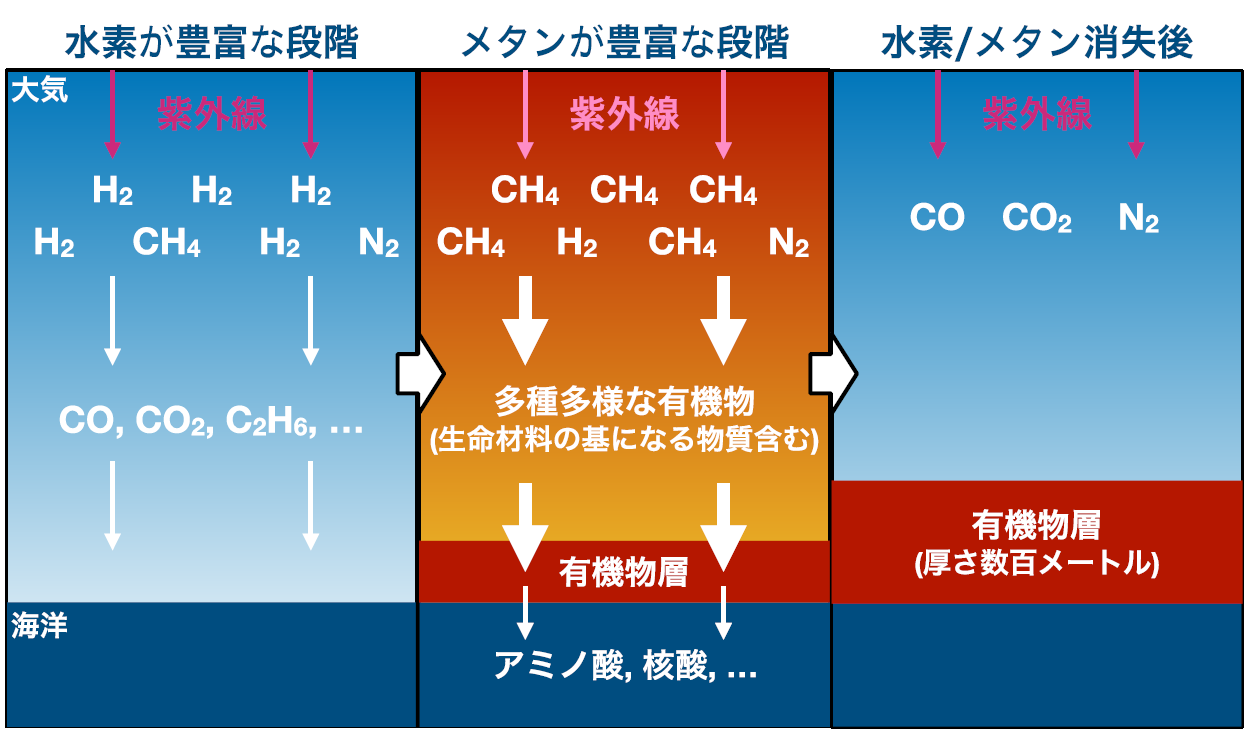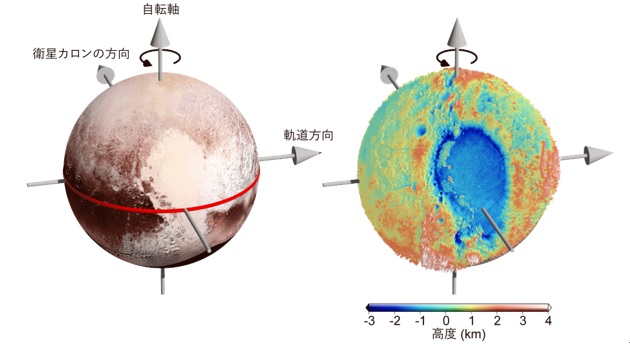KURAMOTO Kiyoshi
Professor
Why is the Earth a habitable planet?
Department of Earth and Planetary Sciences, Cosmosciences
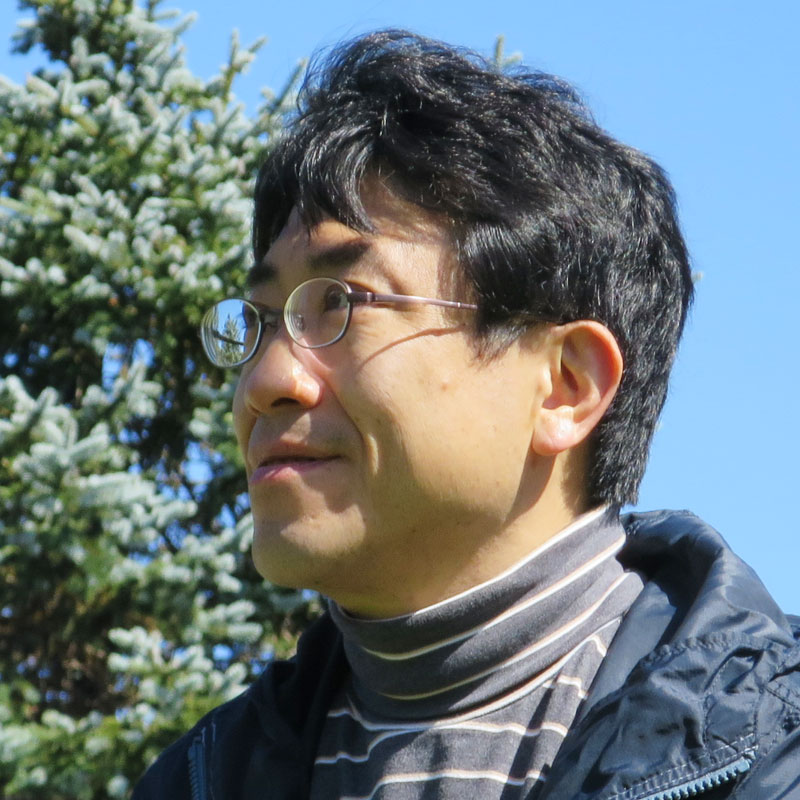
| Theme | Formation and evolution of the Earth and Planets, Surface environments of planets, Material evolution during the solar system formation. |
| Field | Planetary science, Planetary exploration |
| Keyword | Habitable planets, Early solar system, Volatiles, Planet formation, Early Earth, Moon, Differentiation, Partitioning, Mars, Giant planets, Titan, Mercury, Meteorites, Solar system small bodies, Proto-atmospheres, Atmospheric escape, Planetary surface environments, Material cycles, Extrasolar planets |
Introduction of Research
My special interest is the question “why the Earth was born and has evolved as a habitable planet?”. To answer this question, I am conducting theoretical studies on the following major themes: material evolution during solar system formation, origin and evolution of planets, and planetary surface environments. Concurrently with the joint researches with observations, experiments, large-scale numerical modellings and so on, I engage in the promotion of future planetary exploration missions from science side.
Representative Achievements
Yurimoto, H., & Kuramoto, K. (2004). Molecular cloud origin for the oxygen isotope heterogeneity in the solar system. Science, 305(5691), 1763-1766.
Senshu, H., Kuramoto, K., & Matsui, T. (2002). Thermal evolution of a growing Mars. Journal of Geophysical Research: Planets, 107(E12), 1-1.
Kuramoto, K., & Matsui, T. (1996). Partitioning of H and C between the mantle and core during the core formation in the Earth: Its implications for the atmospheric evolution and redox state of early mantle. Journal of Geophysical Research: Planets, 101(E6), 14909-14932.
Kuramoto, K., Umemoto, T., & Ishiwatari, M. (2013). Effective hydrodynamic hydrogen escape from an early Earth atmosphere inferred from high-accuracy numerical simulation. Earth and Planetary Science Letters, 375, 312-318.
Ito, T., Ishiguro, M., Arai, T., Imai, M., Sekiguchi, T., Bach, Y. P., ... & Kuramoto, K. (2018). Extremely strong polarization of an active asteroid (3200) Phaethon. Nature communications, 9(1), 2486.
| Self Introduction | I am a “dosanko” (a person born in Hokkaido). My present career seems to be originated from my childhood in which I alighted on fossils during hiking and experienced extracurricular activities making such as rock sample thin section, every day’s weather chart drawings and meteor shower observations. Hokkaido, blessed with a richness of nature, is one of the special places inspiring our interests to the Earth and universe not only at the seas and mountains but also in the urban areas. I hope to raise a new scientific view for the Earth and universe from this attractive place. |
| Academic background | 1989 B. S., Faculty of Science, The University of Tokyo 1991 M. S., Graduate School of Science, The University of Tokyo 1994 Ph. D., Graduate School of Science, The University of Tokyo 1994 Technical assistant, Tokyo Institute of Technology 1995 Postdoctoral researcher, Center for Climate System Research, The University of Tokyo 1997 Postdoctoral Fellow, Japan Society for the Promotion of Science 1998 Assistant Professor, Faculty of Science, Hokkaido University 2001 Associate Professor, Faculty of Science, Hokkaido University 2007- Professor, Faculty of Science, Hokkaido University 2018- Professor (specially appointed), Institute for Space Astronautical Science, JAXA |
| Affiliated academic society | Japanese Society for Planetary Sciences, Japan Geoscience Union |
| Project | Martian Moons eXploration MMX Aqua planetology (Grant-in-Aid for Scientific Research on Innovative Area) |
| Room address | Science Building 8 8-202 |

